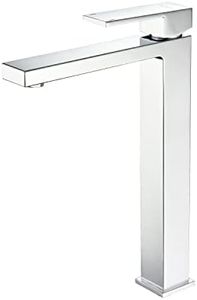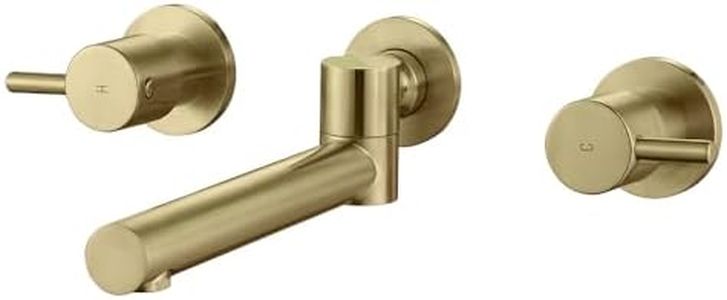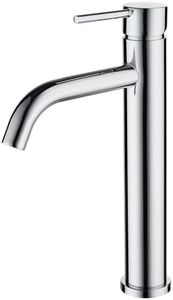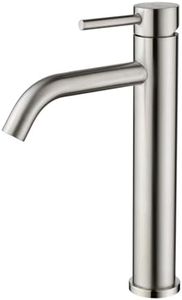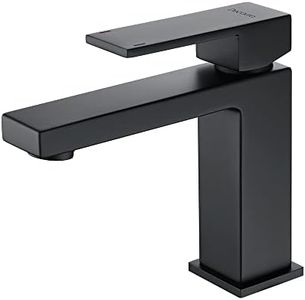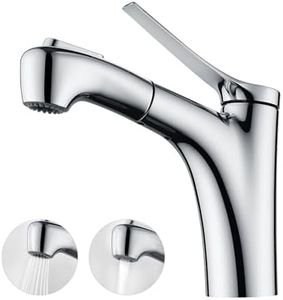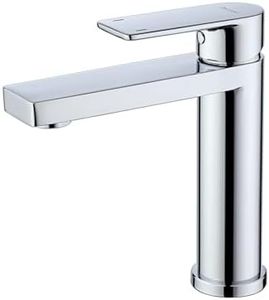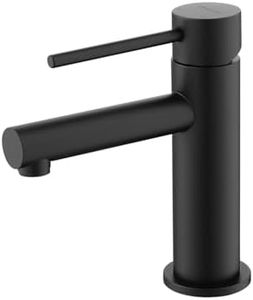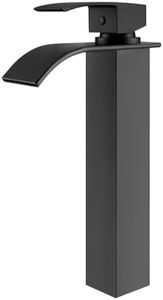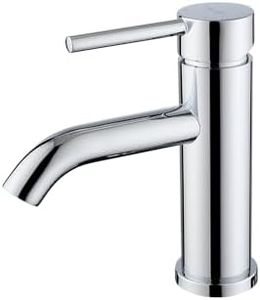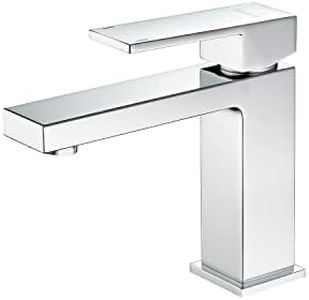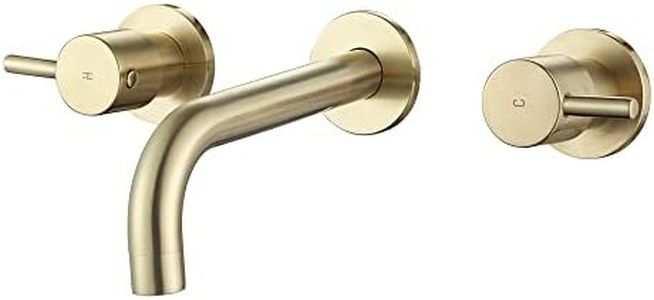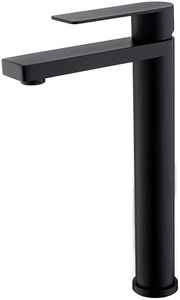We Use CookiesWe use cookies to enhance the security, performance,
functionality and for analytical and promotional activities. By continuing to browse this site you
are agreeing to our privacy policy
10 Best Bathroom Faucets
From leading brands and best sellers available on the web.Buying Guide for the Best Bathroom Faucets
Choosing a bathroom faucet might seem straightforward, but there are a few important details to make sure you pick the right one for your needs and space. The right faucet should fit both your sink and the way you use your bathroom and offer durability and style that matches your preferences. Focus on fitting your chosen faucet to your sink’s design, your daily routines, and your decorating style for a result that is both practical and visually pleasing.Mounting TypeMounting type refers to how and where the faucet is installed. The main types are centerset, widespread, single-hole, and wall-mounted. This is crucial because your sink or countertop will allow only specific mounting types based on the number and placement of holes. Centerset faucets work for smaller sinks and have valves close together, while widespread faucets fit larger sinks with more space between handles. Single-hole faucets are compact and easy to use, and wall-mounted faucets are often chosen for vessel sinks or for a modern look. To pick the right mounting type, check your sink or countertop for pre-drilled holes and consider how you want your bathroom to look and function.
Handle TypeHandle type is about how you control the flow and temperature of the water. Options include single handle, double handle, and touchless. Single-handle faucets are convenient and save space, allowing you to adjust temperature with one motion. Double-handle faucets offer more precise control over hot and cold water separately. Touchless faucets, which use sensors, are more hygienic and great for frequent handwashing. Think about who will use the faucet (children, older adults) and how much convenience and control you want when deciding the best handle style for you.
Spout Height and ReachSpout height and reach describe how far the spout extends into the sink and how high it stands above the counter. This is important for ease of use and splash control. Tall spouts are useful for vessel sinks or when you want more room under the faucet, while shorter spouts suit smaller sinks. A spout that reaches too far can cause splashing, while too short might make handwashing awkward. Measure your sink and think about how you’ll use the faucet to choose the right balance.
Material and FinishMaterial and finish refers to what the faucet is made from and its surface treatment. Common materials include brass, stainless steel, and zinc alloys, while finishes include chrome, brushed nickel, matte black, and more. A quality material improves durability and resistance to rust and corrosion, while a good finish resists fingerprints and matches your bathroom decor. To pick the best for you, think about ease of cleaning, durability, and which style fits your fixtures.
Valve TypeValve type determines how the water is controlled inside the faucet and affects durability and maintenance. The main types are compression, ball, cartridge, and ceramic disc, with ceramic disc valves being the most reliable and long-lasting. This spec is important to avoid leaks and need for repairs in the long run. If you want a faucet that requires less fixing and consistently smooth handles, look for ceramic disc valves.
Water EfficiencyWater efficiency measures how much water the faucet uses, typically in gallons per minute (GPM). Higher efficiency means less water waste, which is better for the environment and can lower utility bills. Standard faucets run at about 2.2 GPM, but water-saving models operate at 1.5 GPM or less. If you’re concerned about conservation or local water regulations, a lower GPM is a good choice, but always ensure the flow meets your comfort needs for rinsing and washing.
